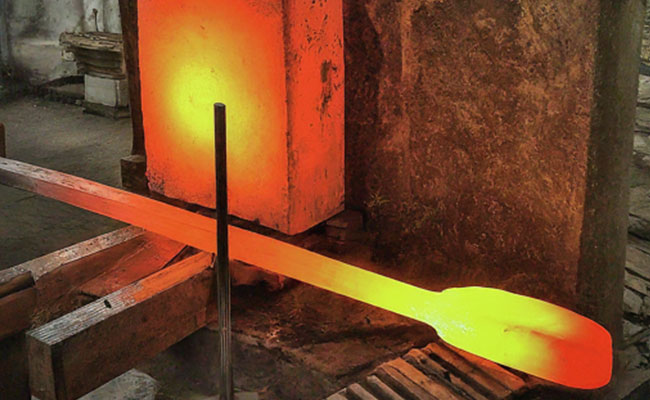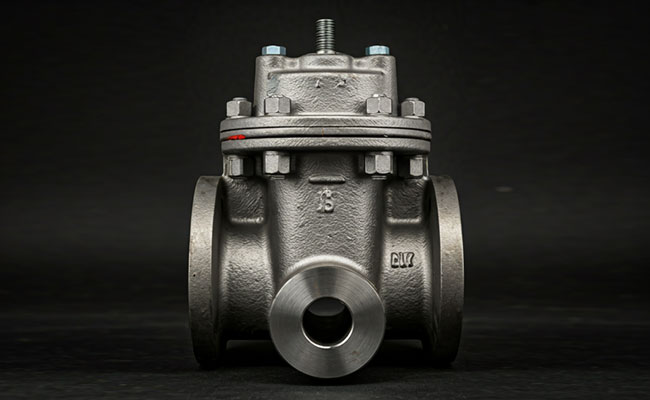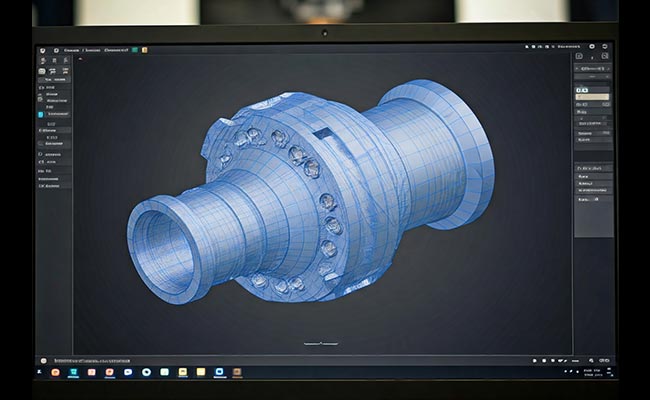
Rolled Forging: A Versatile and Efficient Process
2024-09-18
Impression Die Forging: A Precision Metalworking Process
2024-09-30Isothermal forging is a metalworking process that involves shaping a metal workpiece while maintaining a constant temperature throughout the process. This is achieved by heating the workpiece to a specific temperature and then maintaining that temperature throughout the forging process. The process is typically performed in a closed-die environment, where the workpiece is shaped by a pair of dies.
Advantages of Isothermal Forging
Improved mechanical properties: Isothermal forging results in a finer grain structure, which leads to improved strength, ductility, and toughness.
Reduced thermal stresses: By maintaining a constant temperature, thermal stresses are minimized, which reduces the risk of cracking and defects.
Improved dimensional accuracy: Isothermal forging produces parts with better dimensional accuracy and consistency due to the controlled deformation process.
Enhanced surface finish: The process results in a smoother surface finish compared to conventional forging.
Applications of Isothermal Forging
Isothermal forging is used to produce a wide variety of products, including:
Automotive components: Crankshafts, connecting rods, axles, and gears
Aerospace components: Landing gear components, turbine blades, and other high-strength parts
Industrial machinery components: Shafts, gears, and other components that require high strength and durability
The Isothermal Forging Process
The isothermal forging process typically involves the following steps:
Heating: The metal workpiece is heated to a specific temperature, which is maintained throughout the forging process.
Forging: The heated workpiece is placed in a closed die and shaped by the application of compressive force.
Cooling: The forged part is cooled slowly to prevent thermal stresses.
Finishing: The forged part is finished to the desired dimensions and surface finish.
Isothermal forging is a relatively new process, but it has shown great promise in improving the quality and performance of metal parts. As technology continues to advance, it is expected that isothermal forging will become more widely used in the future.




